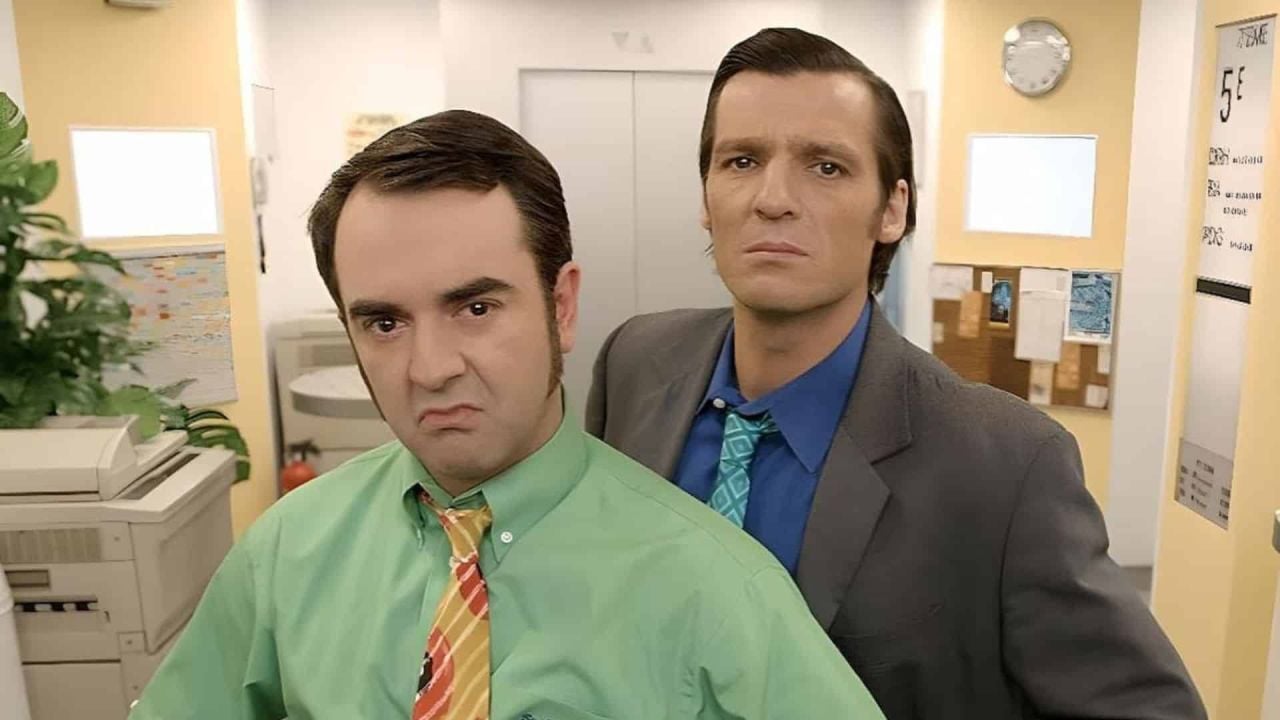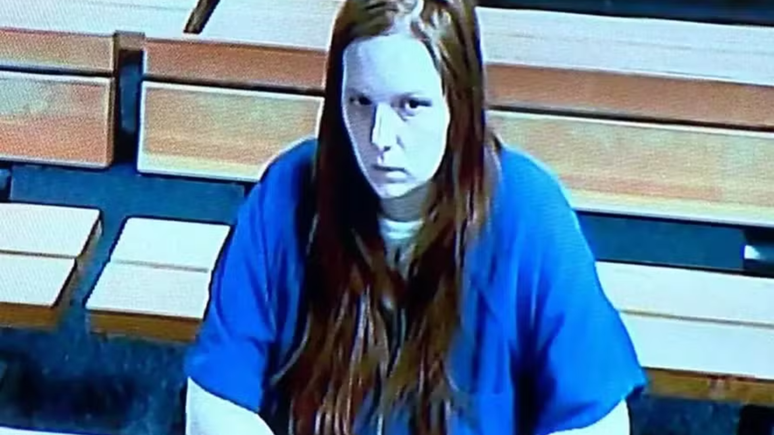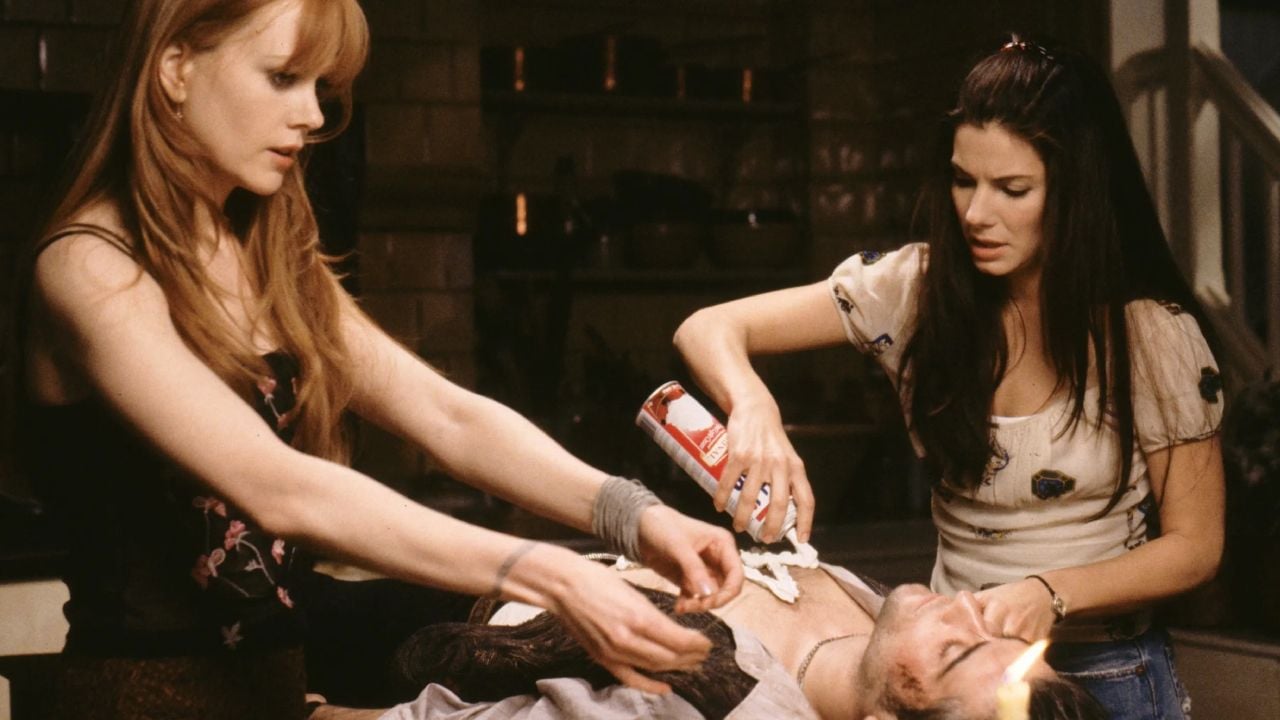A few months after the end of the Second World War and the suicide of Adolf Hitler, some of his main collaborators found themselves in the dock, on November 20, 1945, to be tried for war crimes. Nuremberg, November 1945. The city where Hitler and his accomplices were feted every year at Nazi Party assemblies and destroyed, as were most of Germany’s inner cities. The courthouse on Fürther Strasse, however, was barely damaged. There, in Room 600 of the Jury Court, the International Military Tribunal sat from 20 November 1945 to 1 October 1946.
Already during the war, the Allies had decided to bring the Nazi elite into the dock when the conflict was over. Since October 1942, the United Nations War Crimes Commission had been collecting evidence and documents and compiling a list of crimes.
“When I began working on this subject in the United States in the year 1942, my American colleagues asked me, ‘So, is it all true? Can we prove it?’ And I replied that we could prove it 100% In Nuremberg, I could see later that things were not 100%, but 105%, who served in the Nuremberg prosecution.
list of defendants
On November 20, 1945, the hearing against the main war criminals opened. The list of defendants was a “who’s who” of the Hitler regime: Hermann Wilhelm Göring, Rudolf Hess, Joachim von Ribbentrop, Robert Ley, Wilhelm Keitel, Ernst Kaltenbrunner…
Twenty-two prominent defendants, including three from the small group of leaders around Hitler: Martin Bormann, who has been missing since the end of the war, Hermann Göring and Rudolf Hess, as well as the military Keitel, Jodl, Raeder and Dönitz, and the ministers Ribbentrop, Frick, Funk and Schacht. The list went on: Alfred Rosenberg, who commanded the occupied eastern region, Hans Frank, Governor-General of Poland, Arthur Seyss-Inquardt, Reich Commissioner for the Occupied Netherlands, Fritz Sauckel, who distributed Nazi slaves, and Albert Speer, who, as a former Minister of Munitions and Arms, recruited several forced laborers for the German industries in the sector.
Opening
“The Chief Justice opens the chamber. Then he passes the floor to the first US prosecutor. His voice sounds as if he were far away. The interpreters murmur behind the glass. All eyes are on the defendant… Now they are seated, in the dock, war, pogrom, kidnapping of people, mass murder and torture. Gigantic and invisible, they sit next to the accused,” described the writer Erich Kästner his impressions. He was one of the few Germans admitted as observers to the trial.
The prosecution summarized its allegations in four points:
Conspiracy against world peace;
Plan, initiate and conduct warfare;
Crimes and violations of the law of war;
Crimes against humanity.
To wash hands
After reading the indictment, the defendants were asked whether they considered themselves “guilty” or “innocent”. Hermann Göring tried to make a long statement but was stopped by the judge.
Göring: “Before answering the court’s question whether I consider myself guilty or innocent…”
Judge: “You must plead guilty or not guilty…”
Göring: “In the spirit of the prosecution, I consider myself innocent.”
The other defendant also pleaded innocent, in the “spirit of the prosecution”. All declared that they had only obeyed orders, had no knowledge of the crimes and placed all responsibility on the dead dictator. No one defended the ideology in whose name millions of people were attacked, enslaved and murdered.
🇧🇷The best content in your email for free. Choose your favorite Terra newsletter. Click here!
Source: Terra
Camila Luna is a writer at Gossipify, where she covers the latest movies and television series. With a passion for all things entertainment, Camila brings her unique perspective to her writing and offers readers an inside look at the industry. Camila is a graduate from the University of California, Los Angeles (UCLA) with a degree in English and is also a avid movie watcher.






